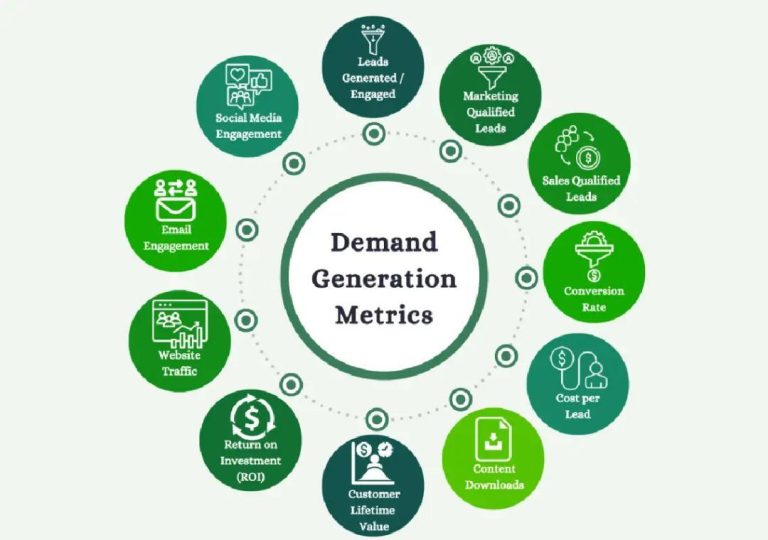
Is Your Marketing Missing a Foundation for Scale?
As a digital marketer, you’re likely familiar with the never-ending quest for scalable marketing. We’re constantly looking for ways to increase our reach, drive more conversions, and ultimately grow our business. But all too often, we get stuck in the weeds, focusing on individual campaigns and tactics rather than building a solid foundation for long-term success.
The truth is, scalable digital marketing isn’t just about ramping up budgets or trying out the latest trends. It requires a modular framework that can be replicated across campaigns, allowing for rapid experimentation and consistent brand voice.
In this blog post, we’ll outline the core elements you need to define to assemble a digital marketing stack that grows with your goals. We’ll also provide a step-by-step guide on how to integrate these elements, enabling you to scale your marketing efforts with ease.
The 4 Core Elements of a Scalable Digital Marketing Framework
A scalable digital marketing framework is built on four essential elements: audience, channels, content buckets, and tools. These components work together to create a cohesive marketing strategy that can be adapted and expanded as your business grows.
Audience
Your target audience is the foundation of your marketing strategy. Who are you trying to reach? What are their pain points, interests, and behaviors? Understanding your audience is critical to crafting messaging that resonates with them and driving conversions.
To define your audience, consider the following:
- Demographics: Age, gender, location, income, etc.
- Psychographics: Values, interests, behaviors, etc.
- Firmographics: Company size, industry, job function, etc.
- Buyer personas: Developed through research, surveys, and interviews
Channels
The channels you use to reach your audience are a critical component of your marketing strategy. This includes social media, email, content marketing, paid advertising, and more. Each channel has its own strengths and weaknesses, and understanding which ones to use – and when – is crucial to success.
To define your channels, consider the following:
- Where does your audience spend their time online?
- What channels are most effective for reaching your target audience?
- What channels align with your marketing goals and budget?
Content Buckets
Content is the backbone of your marketing strategy. It’s what sets you apart from competitors, builds trust with your audience, and drives conversions. But what types of content do you need to create to achieve your goals?
To define your content buckets, consider the following:
- What types of content do you need to create to reach your target audience?
- What content formats work best for each channel?
- How can you repurpose and reuse existing content to maximize ROI?
Tools
The tools you use to execute your marketing strategy are just as important as the strategy itself. These include marketing automation platforms, email service providers, social media scheduling tools, and more.
To define your tools, consider the following:
- What tools do you need to streamline your marketing workflow?
- What integrations are necessary to connect your tools and automate processes?
- What tools align with your marketing budget and goals?
How to Assemble Your Digital Marketing Stack
Now that you’ve defined your audience, channels, content buckets, and tools, it’s time to assemble your digital marketing stack. This involves integrating these components to create a cohesive marketing strategy that can be replicated across campaigns.
Here’s a step-by-step guide to assembling your stack:
- Start with your audience: Use your audience definition to inform your channel selection, content creation, and tool choices.
- Choose your channels: Select the channels that align with your audience and marketing goals. Consider the strengths and weaknesses of each channel and how they can be used to drive conversions.
- Create content buckets: Develop content that resonates with your audience and aligns with your marketing goals. Consider repurposing and reusing existing content to maximize ROI.
- Select your tools: Choose the tools that align with your marketing strategy and budget. Consider integrations and automation to streamline your marketing workflow.
- Replicate and experiment: Once you’ve assembled your stack, replicate your campaigns across channels and experiment with new tactics to drive growth.
Conclusion
A scalable digital marketing framework is built on four essential elements: audience, channels, content buckets, and tools. By defining these components and integrating them into a cohesive marketing strategy, you can create a stack that grows with your goals and enables rapid experimentation and consistent brand voice.
Remember, scalable marketing isn’t just about throwing more budget at a campaign or trying out the latest trends. It requires a modular framework that can be replicated and expanded as your business grows.
By following the steps outlined in this post, you can assemble a digital marketing stack that drives growth, increases conversions, and helps you achieve your marketing goals.
Source:
https://www.growthjockey.com/blogs/learn-digital-marketing-framework






